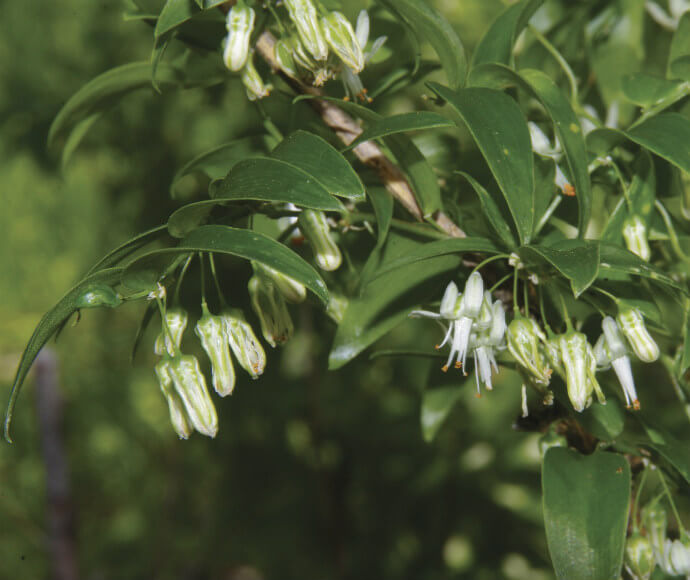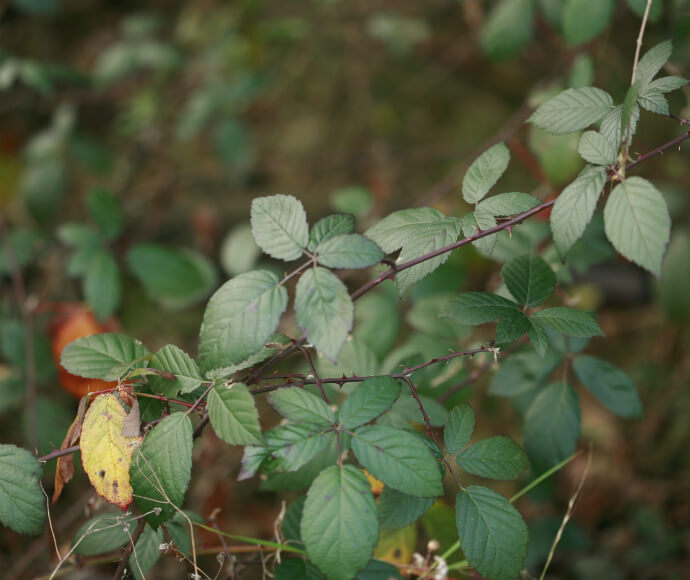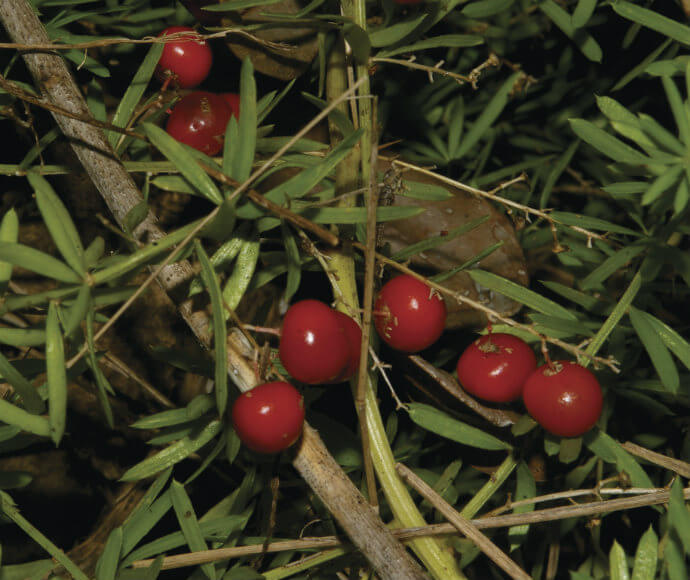Exotic vines and scramblers have significant negative effects on biodiversity. The invasion and establishment of exotic vines and scramblers is listed as a key threatening process in New South Wales. A number of exotic vine and scrambler species are also listed as Weeds of National Significance (WoNS), including:
Why are exotic vines and scramblers a problem?
Exotic vines and scramblers are transformer weeds, causing impacts at all structural levels of forests. In the canopy, their weight can break branches and ultimately kill trees. In the mid and understorey, they can smother native vegetation and seedlings. Some species have large and tuberous root systems that can alter soil functioning and make eradication difficult.
Threatened ecological communities are vulnerable to exotic vine and scrambler invasion and impacts due to their fragmented and isolated nature. Exotic vines and scramblers have also been identified as a threat to animal species, including the golden-tipped bat, the long-nosed potoroo and the black-breasted button quail:
- Asparagus weeds are aggressive vines and scramblers that invade subtropical and temperate bushlands and coastal ecosystems of Australia.
- Cat’s claw creeper is now common in tropical and subtropical regions of New South Wales and Queensland, particularly within riverbank or wetland areas (riparian systems) and rainforests.
- Madeira vine is found throughout all coastal regions of New South Wales, as well as other states in eastern Australia, where it has invaded rainforests, tall open forests, wet sclerophyll forests and riparian systems.
- Blackberry is found in cooler climates in south-eastern New South Wales.
Find out more about how these weeds are managed across New South Wales using the NSW Department of Primary Industries and Regional Development WeedWise search.
Managing exotic vines and scramblers in our parks
Exotic vines can be difficult to control and require long-term control with regular follow-up programs. Depending on the weed, herbicides and mechanical removal may be effective.
Biological control is also used to tackle these invasive species. Biocontrol agents are available for Madeira vine, cat’s claw creeper, tradescantia and bridal creeper. Information on releasing and using biocontrol agents in New South Wales can be found in Biological control of weeds: A practitioner’s guide for south-east Australia.
Abating the threat of exotic vines and scramblers
There are at least 40 species of exotic vines and scramblers present in New South Wales, which show different impacts on biodiversity. Research into the life history traits and distribution of these exotic vine and scrambler species has been conducted in partnership with the University of Wollongong. The research will help prioritise species for control in different vegetation communities and regions across New South Wales. Other problematic species that are not listed as Weeds of National Significance include:
- balloon vine
- cape ivy
- coastal morning glory
- Dutchman’s pipe
- moth vine
- Singapore daisy.


